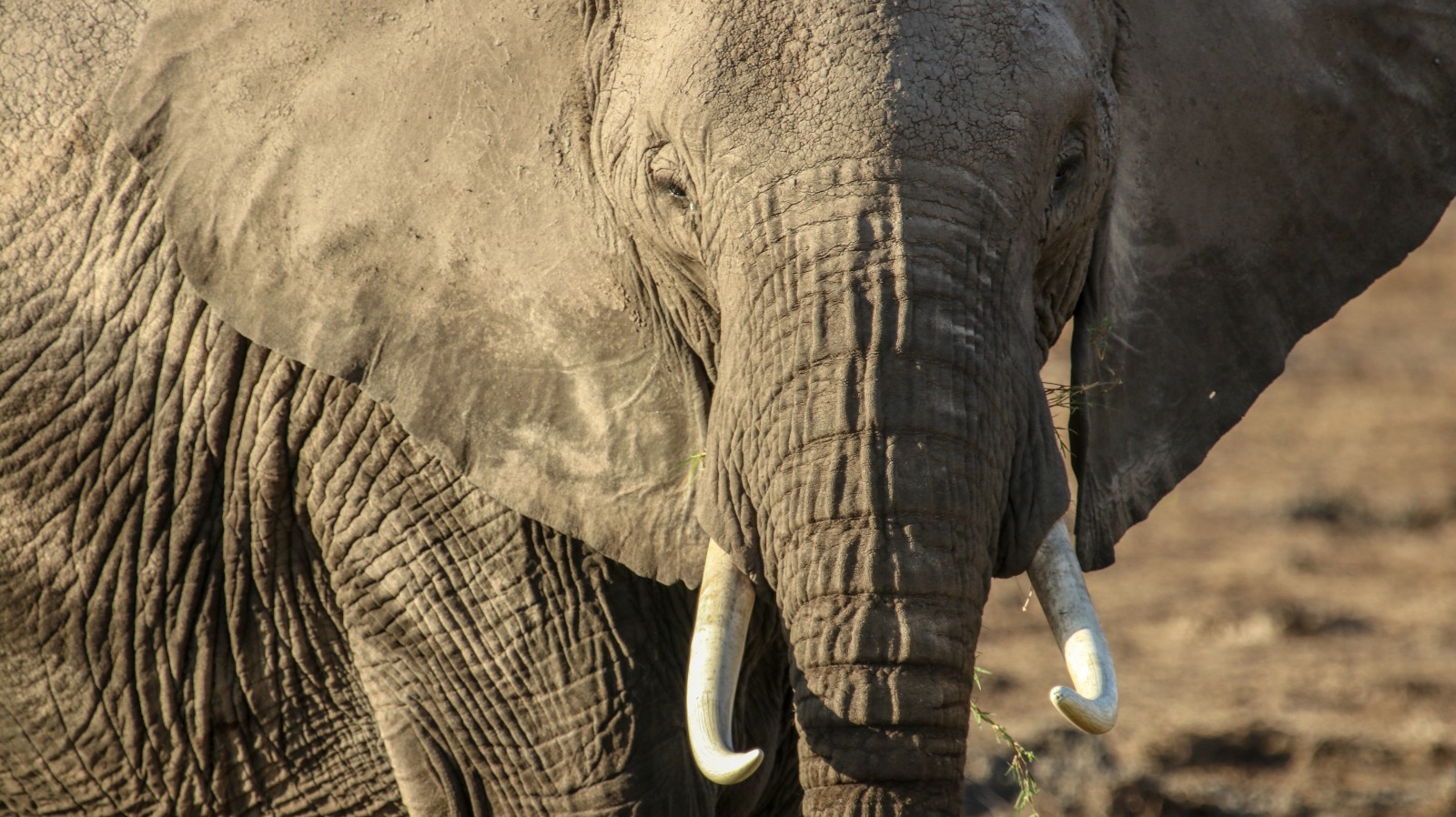Habitat degradation and climate change
HABITAT DEGRADATION AND CLIMATE CHANGE
World Habitat Day 2022 is a reminder to all of us to “Mind the Gap. Leave No One and Place Behind”. There are growing inequalities and vulnerabilities that have been exacerbated by the triple ‘C’ crises — COVID-19, climate and conflict.

Nowhere could this theme be more apparent than in the Horn of Africa, across Kenya, Ethiopia and Somalia. People and wildlife across the region are facing an unprecedented situation. Four consecutive rainy seasons have now failed since late 2020, a climatic event not seen in at least 40 years. Now, detailed forecasting is showing that the region is likely to experience its fifth consecutive failed rainy season, an event which has never been recorded before (the Horn of Africa experiences two rainy seasons per year – the timing varies across the region, but rains generally fall from March to May and from September to December). The September to December season contributes up to 70% of the annual total rainfall in the equatorial parts of the Greater Horn of Africa.
The extremely severe, protracted, and unprecedented drought is resulting in reduced crop production, loss of livestock and price shocks. The drought, combined with international conflict, the global pandemic, economic challenges, and external supply shocks, are culminating in devastating and long-lasting impacts on societies including disrupted livelihoods, eroded assets, magnified food insecurity and malnutrition, and extensive environmental impacts that will take a long time to recover from.
Amboseli, one of Born Free’s key bases, has dried up. There is no rain, there is no water and there is little healthy life to be found. Wild and domestic animals are dying of starvation and thirst; simply falling to the ground, unable to get back up. The toll on the health of Maasai people and the survival of their livestock is unbearable. It is a truly catastrophic situation.
Drought adds to the pressure on already scarce resources like water and pasture. This makes livestock and wildlife more susceptible to malnutrition, disease, mass mortalities and competition with each other over resources. At least 1.5 million livestock have already died as a result of the drought in Kenya and according to Kenya Wildlife Service, the drought is killing 20 times more elephants than poaching. Communities across the region have experienced more frequent crop failure, reduced yields and low-calorie intake resulting in the decline of livelihoods and an increasing level of malnutrition among people. At least 4.2 million people in Kenya are in need of humanitarian assistance.
So what is driving this relentless drought? It’s due to global weather trends. La Niña is a climate pattern where there is large-scale cooling of ocean surface temperature in the central and eastern equatorial Pacific Ocean. This pattern, in turn, affects temperature and rainfall patterns in different parts of the world and exacerbates drought and flooding. While it may lead to flooding in places including Australia and Southeast Asia, this is causing particularly dry weather and high temperatures in East Africa.
Whilst La Niña patterns are natural, this climate event has been extremely protracted (starting in 2020 and looking set to continue into 2023) and this is likely due to climate change. Across the world, human-induced climate change is amplifying the impacts of natural climate variations and dramatically increasing the frequency and intensity of such extreme weather patterns. This is a severely grave threat to our planet and one that we must address.
Born Free addresses the effects of the climate and ecological crises throughout our work, considering and mitigating the impacts on people, wildlife and habitats. To find out more about the links between wildlife conservation and climate changes, and for ideas of how you can get involved, see our new Climate Change action page.
